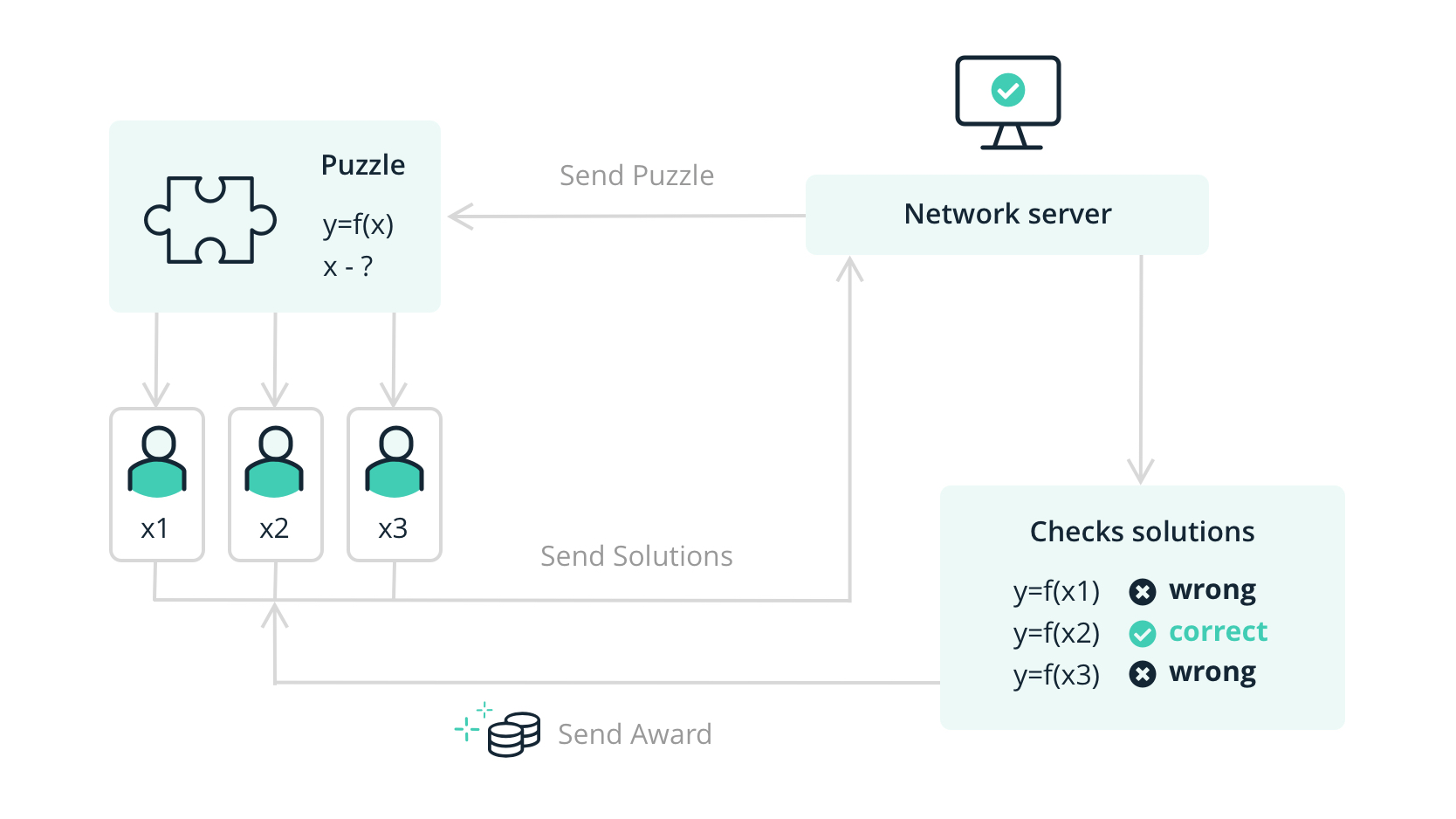What is PoS, PoW, and Ethereum 2.0?
Understanding Consensus Mechanisms
Blockchains are immutable, decentralized, and trustless public databases consisting of ever-growing blocks (groups of transactions) arranged in chronological order. A block added to a blockchain will always refer to the previous blocks, and each contains a copy of the fully updated database.
In the world of blockchains, consensus mechanisms are the method by which a decentralized network cooperates to agree on a single source of truth, whereas in centralized systems, the source of truth is decided upon by a single authority. Proof of Work (PoW) and Proof of Stake (PoS) are the two most widely used consensus mechanisms, helping blockchains maintain accurate information by only allowing genuine users to verify new transactions, add them to the blockchain, and create the blockchain’s native token.
For example, a cryptocurrency using blockchain technology needs to prevent double-spending without a central entity like banks or FinTechs (e.g. Visa, PayPal, etc.) in the middle. To accomplish this, consensus mechanisms allow a network of nodes (computers running the blockchain software) to determine which transactions are legitimate.
The main difference between PoW and PoS is how they choose which node can add the next block of transactions to the blockchain. PoW, which powers Bitcoin, Ethereum, and many other high-profile blockchains, uses mining. PoS, which powers Avalanche, and will power Ethereum 2.0 and many other newer blockchains, uses staking.
Proof of Work (PoW)
PoW – the original blockchain consensus mechanism pioneered by Bitcoin – is verified by miners (powerful computers) around the world who compete against each other to be the first to solve increasingly complex cryptographic hash puzzles.
Cryptographic hash puzzles are so difficult to decode that only miners that guess millions of different combinations per second can solve them. The miner that solves the puzzle first broadcasts it to the rest of the network, allowing other miners to audit whether the solution is correct. If so, the miner earns the right to update the blockchain with a new block and is rewarded by the network with the blockchain’s native token (e.g. BTC, ETH, etc.). This process is referred to as mining as it requires a huge amount of hardware resources and processing power to increase the odds of solving the puzzle first, similar to the real-world process of mining precious metals from the earth.
PoW’s powerful advantage is that it’s nearly impossible to attack because of the amount of processing power involved. Attackers would need to purchase expensive mining hardware, pay for the ongoing costs of electricity, and compete to solve time-consuming puzzles. So far, PoW has been the most proven, resilient, and secure way of maintaining consensus within a blockchain.
On the flip side, PoW mining is an extremely energy-intensive process to provide security. PoW can also have trouble scaling to accommodate the vast number of transactions generated by smart-contract compatible blockchains like Ethereum; currently, the Ethereum blockchain can only handle about 15 Transactions per Second, and its transaction fees soar when the network becomes overloaded. As a result, other consensus mechanisms have been created — the most prominent of which is PoS.
Proof of Stake (PoS)
PoS – a modern consensus mechanism with the goal of maximizing speed while lowering fees – is verified by validators (the equivalent of a miner in PoW) who are randomly chosen based on how many of the blockchain’s native tokens they hold and the length of time they’ve held it.
The core incentive boils down to the requirement that validators need to stake (lock up) a specific amount of their tokens to increase the odds of being chosen to add the next block and receive rewards. Those who have staked tokens to earn rewards have a vested interest in the network’s continued success, and other token holders can also join staking pools offered by exchanges to get a share of the rewards. This process is referred to as forging or minting rather than mining, as there is no competition for who is selected to add the block.
PoS has several advantages, including greater energy efficiency by eliminating the need for mining while maintaining the same, if not greater, security guarantees. If a validator attempts to attack the network, they can lose up to their entire stake and get ejected. PoS hardware requirements are also not very demanding, so validators can be running on consumer laptops; this results in the network being more scalable (achieving higher Transactions per Second) and having more nodes (allowing for further decentralization).
However, PoS is still relatively new, which means it does not have a track record of performance and it may have drawbacks that are not yet evident. Furthermore, early investors that amass a majority of tokens can have a considerable advantage over others in earning network rewards, so the initial distribution of tokens is extremely important.
Ethereum’s Shift to Proof of Stake
The Ethereum blockchain is critical infrastructure for the future of the internet; it processes a vast array of DeFi transactions, stablecoin smart contracts, NFT minting, and whatever innovations developers come up with in the future. On the other hand, the Bitcoin blockchain is much like a vast chequebook; it processes mainly incoming and outgoing Bitcoin transactions. As Ethereum has surged in popularity in recent years, its PoW blockchain has struggled to keep up, causing transaction fees to soar.
The solution has been to build Ethereum 2.0 – an entirely new PoS blockchain that will go live in phases and eventually merge with the Ethereum mainnet. The Merge will remove the PoW consensus mechanism from Ethereum and replace it with the PoS consensus mechanism, drastically reducing energy waste and making the network fully operational through just a collection of consumer laptops. This shift to PoS is essential for Ethereum to scale into a publicly accessible, open, global architecture.
The Big Picture
Both PoW and PoS regulate the processes in which transactions between users are verified and added to a blockchain’s public database without centralized intermediaries. As mentioned above, each consensus mechanism has advantages and disadvantages, and the type of consensus required really depends on the needs of a blockchain.
Despite blockchains being such a new technology, Proof of Work or Proof of Stake is something that has long divided people’s opinions. Without PoW, there would not be PoS. However, with Ethereum’s shift to PoS being the most significant blockchain network upgrade this industry has ever seen, it is clear which mechanism is the most favoured at the moment.



